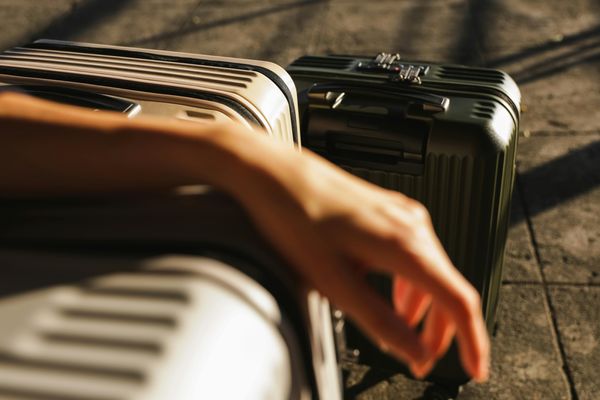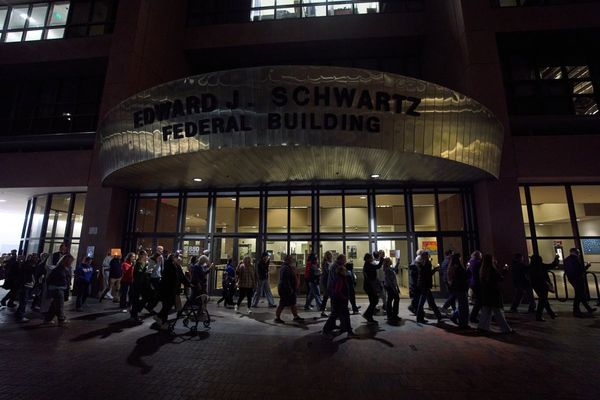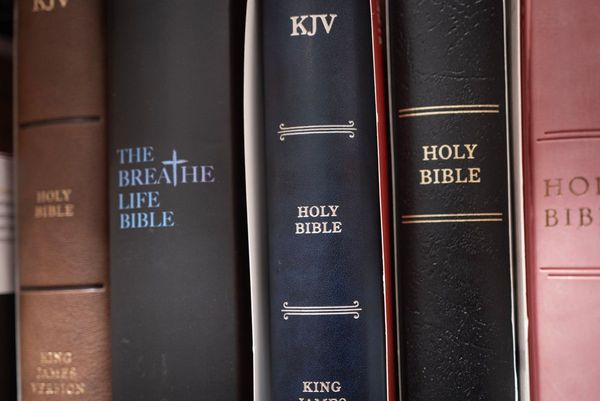
Buying a vacation home is a dream for many. It’s easy to imagine relaxing weekends and family getaways, but the reality goes beyond the listing price and mortgage. Many new owners are surprised by the ongoing and hidden costs that come with owning a second property. These expenses can sneak up and impact your budget if you’re not prepared. Understanding the true cost of owning a vacation home is essential for making a smart financial decision. Before you sign the papers, take a closer look at what it really means to take on this responsibility. Let’s explore five surprising expenses that often show up after buying a vacation home.
1. Maintenance and Repairs Add Up Fast
One of the most overlooked vacation home expenses is ongoing maintenance. Unlike your primary residence, your vacation home may sit empty for weeks or months at a time. This can lead to unexpected issues like leaks, mold, or pest problems. Even if you visit often, the property still needs regular upkeep—lawn care, HVAC servicing, gutter cleaning, and more.
Many vacation homes are in locations with harsh weather, such as coastal areas or mountain retreats. Salt air, humidity, snow, and storms can accelerate wear and tear. Routine repairs and emergency fixes can quickly eat into your budget. It’s wise to set aside a maintenance fund to cover these costs so you aren’t caught off guard.
2. Property Management Fees You Didn’t Expect
If your vacation home is far from where you live, you might need to hire a property manager. Even if you plan to use the home only for personal use, someone needs to keep an eye on things when you’re not there. Property management companies typically charge a monthly fee or a percentage of rental income if you decide to rent it out.
These fees cover services like routine inspections, coordinating cleaning and repairs, and handling emergencies. Some companies also charge extra for services such as key exchanges or preparing the home for guests. If you’re thinking about turning your vacation home into a rental, factor in these ongoing costs before you set your rental rates or plan your budget.
3. Higher Insurance Premiums for Vacation Homes
Insurance is often more expensive for a vacation home than for your primary residence. Insurers consider these properties higher risk because they are left unoccupied for long stretches. This increases the chance of undetected damage from leaks, fires, or break-ins. If your vacation home is in a flood zone, wildfire area, or hurricane-prone region, premiums can skyrocket.
Some owners learn after purchase that standard homeowner’s insurance isn’t enough. You may need extra coverage for short-term rentals or special policies for natural disasters. It’s crucial to shop around and understand what’s covered so you can avoid expensive surprises later.
4. Utilities and Services Can Be Costlier Than You Think
Utilities are a recurring vacation home expense that catches many buyers off guard. Even if the home sits empty, you’ll likely need to keep the power, water, and security systems on. In some areas, basic services like garbage collection, internet, and cable may cost more for seasonal properties. You might also face minimum usage fees or higher rates for turning services on and off throughout the year.
Some vacation homes require extra services—think snow removal, pool cleaning, or pest control. These add up quickly, especially if you want the home ready for spontaneous trips. Planning for these ongoing expenses is an important part of understanding the true cost of owning a vacation home.
5. Local Taxes and Special Assessments
Property taxes on vacation homes are often higher than on primary residences. Many local governments charge a premium for second homes, especially in popular tourist destinations. On top of that, you could face special assessments from homeowners’ associations (HOAs) or local municipalities for things like road repairs, beach maintenance, or new amenities.
If your vacation home is in a resort or gated community, annual HOA fees can be significant. These fees usually cover shared amenities and security, but they can increase with little notice. Always review HOA documents and local tax rates before committing to a purchase. This will help you avoid unexpected financial strain down the road.
Planning for the True Cost of Owning a Vacation Home
Owning a vacation home can be incredibly rewarding, but it requires careful planning. Factoring in all potential vacation home expenses—maintenance, management, insurance, utilities, and taxes—will help you avoid surprises and keep your finances on track. Take time to create a realistic annual budget that includes a cushion for the unexpected.
If you’re still considering a purchase, it’s smart to talk to a local real estate agent and a financial advisor. They can help you estimate costs and make sure you’re prepared for both the joys and the responsibilities of second home ownership.
Have you encountered any unexpected vacation home expenses? Share your experiences and tips in the comments below!
What to Read Next…
- How Homeowners Associations Are Targeting Retirees With Fines
- 7 Costs Retirees Refuse to Pay in 2025 and How You Can Follow Their Lead
- 5 Emergency Repairs That Could Force You Into Debt Overnight
- 10 Items That Could Void Your Homeowners Insurance Instantly
- 7 Popular Cleaning Products That Can Destroy Your Plumbing
The post 5 Surprising Expenses That Show Up After Buying a Vacation Home appeared first on The Free Financial Advisor.







